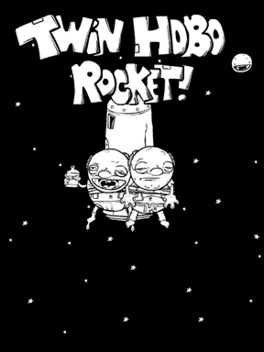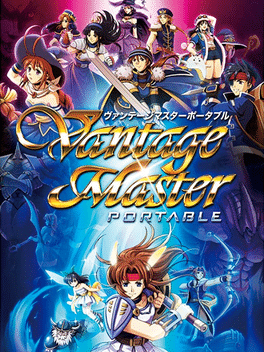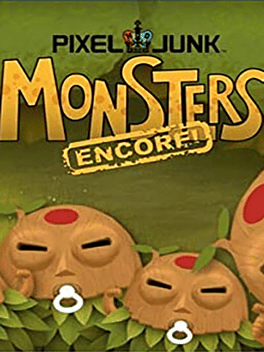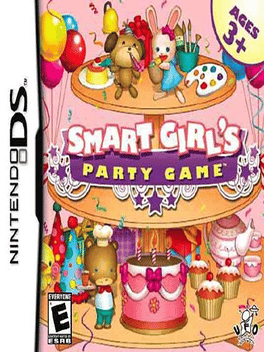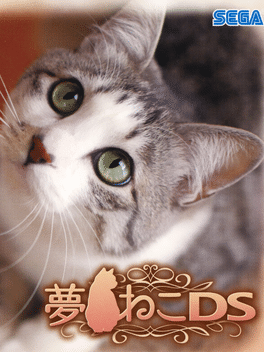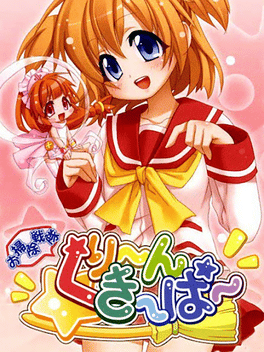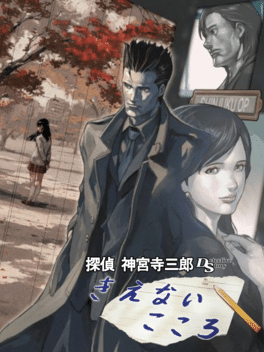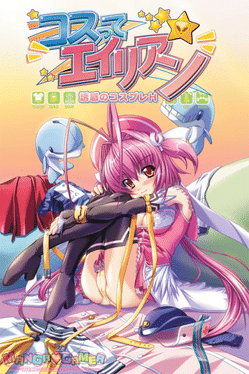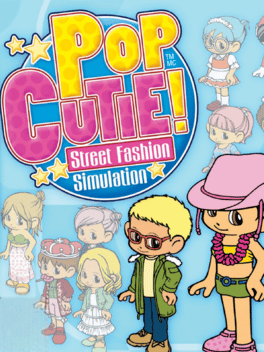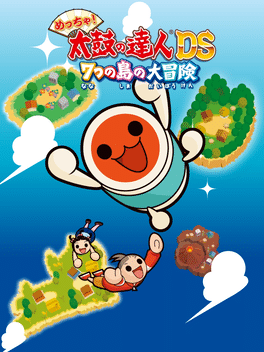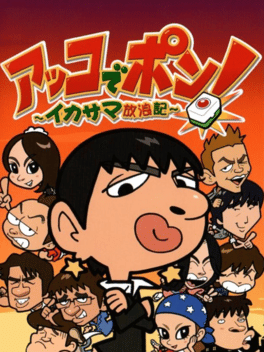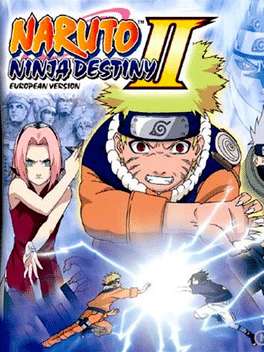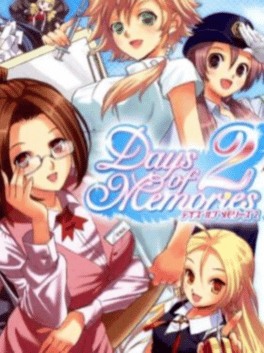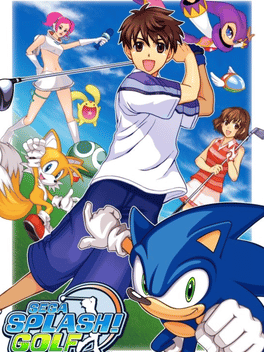New Games - Page 9983
-
Twin Hobo Rocket
2008
-
Edel Blume
2008
Edel Blume
2008
Edel Blume is a otome visual novel, developed by Design Factory and published by Idea Factory, which was released in Japan in 2008. -
Vantage Master Portable
2008
This PSP remake of Vantage Master features new characters from The Legend of Heroes: Trails in the Sky, and multiplayer mode using the PSP's wireless capabilities. Falcom announced the development of Vantage Master Portable for the PSP on December 20, 2007, which was released on the actual release data. Unlike the original Windows version, the interface is changed slightly for the PSP, meaning no PC mouse functionality. Otherwise, the game is essentially a complete 3D clone of the original Vantage Master with remastered orchestral music and corresponding gameplay mechanics. -
PixelJunk Monsters Encore
2008
PixelJunk Monsters Encore is an expansion pack to the popular and addictive tower defense game, PixelJunk Monsters. Encore includes 15 levels on a new map, “Toki Island”, as well as the ability for players to track their score across both maps. Just as in the original game, Encore continues the simple real-time strategy concept of building, researching and base defending that made PixelJunk Monsters an instant classic. Key Features: • New Maps - 15 new levels on "Toki Island" give players plenty more addictive and strategic gameplay. • Simple But Deep - Simple controls allow anyone to learn, but gameplay is challenging enough for experienced players. • Visually Charming - Features a unique hand-drawn art style with 15 new stages and weather effects. • Distinctive Music - Encore includes 5 new music tracks by Japanese ambient techno group Otograph. • Online Leaderboards - For tracking both single player and co-op high scores. • Remote Play - Supports Remote Play for PSP system.* -
DS Yukemuri Suspense Series: Free Writer Tachibana Maki - "Touyako, Nanatsu no Yu, Okuyu no Sato" Shuzai Techou
2008
An adventure game for the Nintendo DS about a female journalist getting involved in solving a mystery while doing a report on hot springs. -
Yume Neko DS
2008
-
Tantei Jinguji Saburo DS: Kienai Kokoro
2008
The 12th installment of the Tantei Jinguuji Saburo series. Jinguuji is asked to investigate the suicide of an elementary school girl from 20 years ago. When he meets the girl's principal he demands that Jinguji investigate of another new case. The title also contains five games from the mobile phone series (No.6–No.10). -
Cosplay Alien
2008
Cosplay Alien
2008
The main character and his friends are attending their class in a quiet academy like normal students when a UFO suddenly passes overhead. The whole academy begins to panic and a beautiful, female alien appears from the UFO. She claims she traversed vast reaches of space in order to tie the knot with Yuusaku. Meanwhile, Yuusaku is utterly confused. As she tries to press him into marriage, she uncovers his secret stash of porn and begins using knowledge of cosplay from that in order to seduce him. The other heroine, his childhood friend, joins in the fuss over Yuusaku caused by the alien’s mother, friend, rival, and even space pirates. On top of all this, secret agents from another country begin targeting the Aliens’ advanced technology… -
Oshare Princess DS: Oshare ni Koishite! 2
2008
The second DS installment of the Oshare Princess series. -
Akko de Pon! Ikasama Hourouki
2008
Akko de Pon! Ikasama Hourouki is a mahjong game that aims to win by making full use of Ikasama skills. It's possible to use the Wii Remote to control tricks that only mahjong lovers know, such as “bukkake pulling out”, “swallowing back”, “elevator”, etc. Enjoy thrilling Ikasama mahjong that you can't taste in traditional mahjong games! It is possible to play normal mahjong that can't use squid skills. -
Naruto: Ninja Destiny II - European Version
2008
A markedly different game from its Japan and U.S. counterparts, the European release has no elements from Shippuden; instead, it cobbles together non-Shippuden characters from throughout the Ninja Destiny series, including ones that would not show up until Shinobi Retsuden 3. -
Days of Memories 2
2008
Days of Memories 2
2008
Days of Memories 2 is the second Nintendo DS compilation of SNK Playmore's mobile dating series games. -
Valkyria Chronicles
2008
Valkyria Chronicles
2008
star 8.7Set in a fictitious continent reminiscent of the 1930s, Valkyria Chronicles depicts Europe divided in two and ruled by two super powers: the Empire and the Federation. The Empire has set its sights on invading a small neutral country called Gallia, situated in the middle of the two superpowers territories, in an attempt to secure invaluable natural resources. Within this struggle a hero named Welkin, and his fellow soldiers of the Federation's 7th Platoon, are fighting back against the invasion and the Empires attempts to unify the continent under its power. During the ensuing war the Federation discovers that the Empire possesses a secret weapon, known as the "Valkyria" - an ancient race with special powers thought to exist only in legends. With this new discovery the fate of the Federation's ability to turn the tide of the war, and the hope for a better future, hang in the balance. “CANVAS” graphics engine: A unique engine that produces breath taking images that look like watercolour paintings in motion. � -
Sega Splash! Golf
2008
Sega Splash! Golf
2008
Sega Splash! Golf is a free-to-play golf game for PCs released by Sega in 2008 exclusively in Japan. The game did not last long: it was shut down on 12 February 2009, less than ten months after the game's release. -
Saints Row 2: Ultor Exposed
2008
star 3.5Disgruntled Ultor microbiologist Tera Patrick holds the key to the corporation's illicit research activities and revenue generating schemes. Help Tera dismantle the Ultor Corporation by exposing the megacorp's seedy operations to the citizens of Stilwater. Battle through three all new co-op enabled missions. Commandeer new air and ground vehicles including attack aircraft and luxury sports cars. Customize your character with new hairstyles, law enforcement uniforms, and all new clothes. Own the streets in new Strong Arm and Gangsta Brawl multiplayer maps. These are your Saints and this is your city like you've never seen it before...fully exposed!

